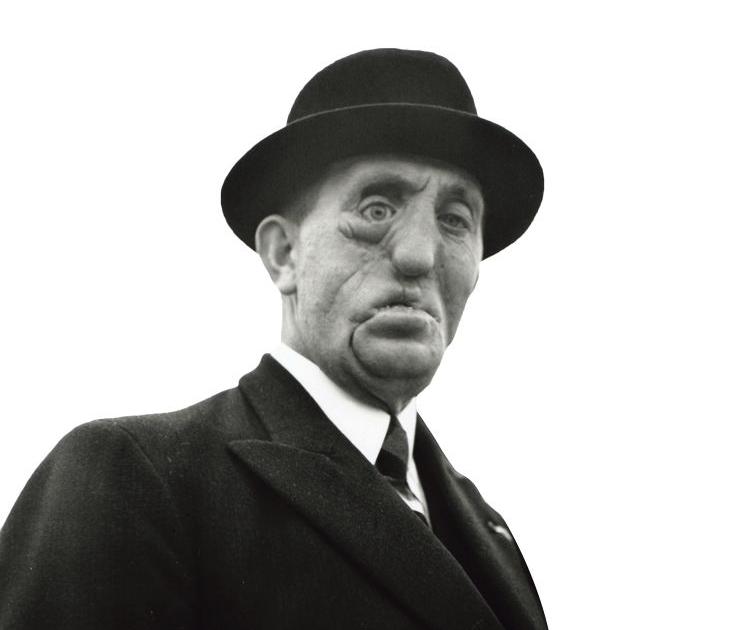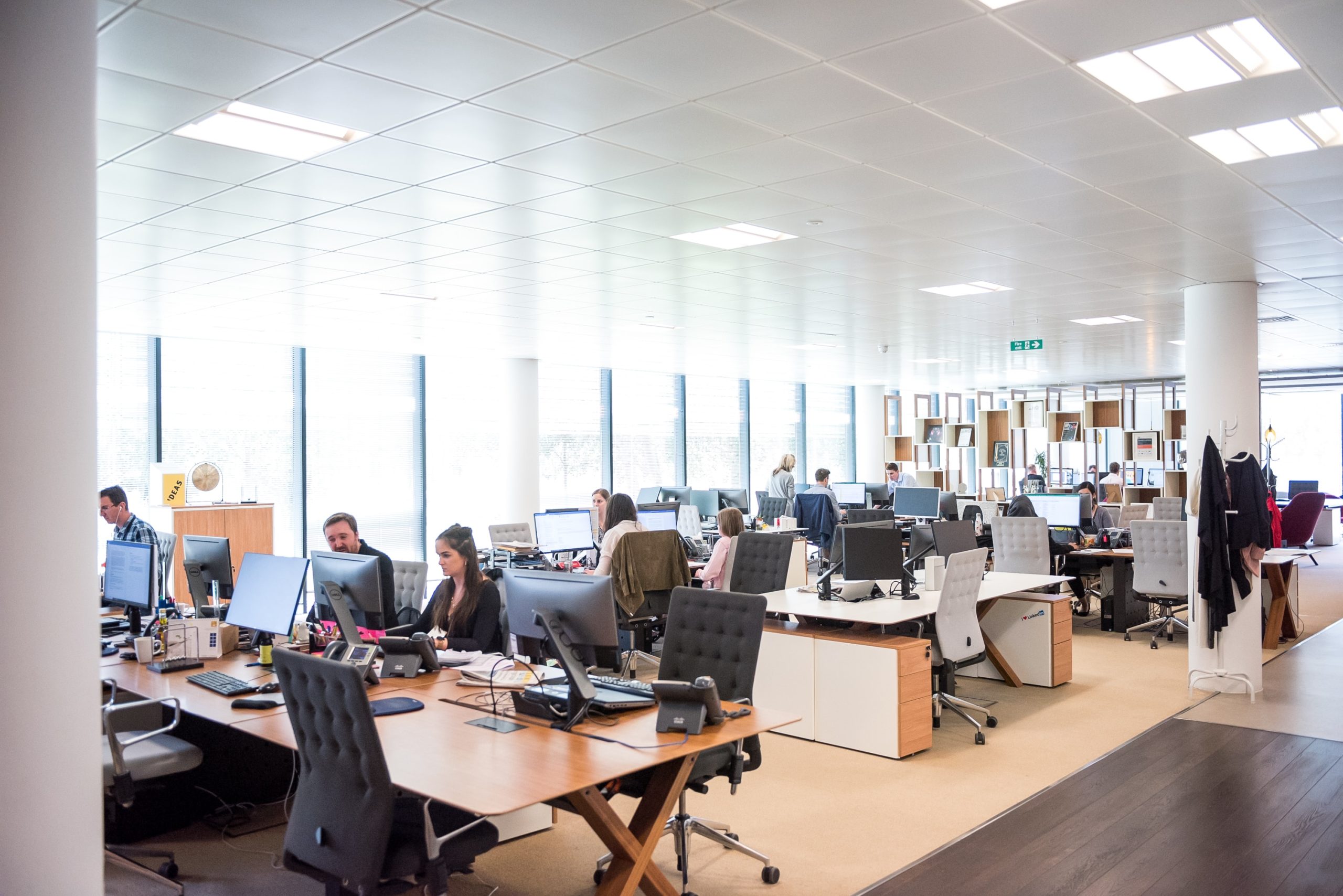
Aberration – Maxillofacial surgery, developed with the ravages of World War I, has made amazing progress in a very short time.
It’s a specialty that set off in the hustle and bustle of World War I, and is responsible for about 50,000 soldiers maimed by bullets and shrapnel. “So many broken mouths were a surprise and nothing was imagined to take care of them in terms of reconstructionSophie Delaporte, historian, lecturer at the University of Picardie Jules Verne (Amiens) and author of the book faces of war (Palin editions, 2017). So it’s the general surgeons who have changed general surgery techniques to try and rebuild the skeleton and the facial envelope in order to allow these men the ability to breathe, eat, and communicate again. Maxillofacial surgery disappeared between wars and only re-emerged at the end of World War II, thanks in particular to two surgeons, Leon Duformentil and Maurice Ferenc, and to the birth of the first division of Oral and Maxillofacial Surgery In 1946…






